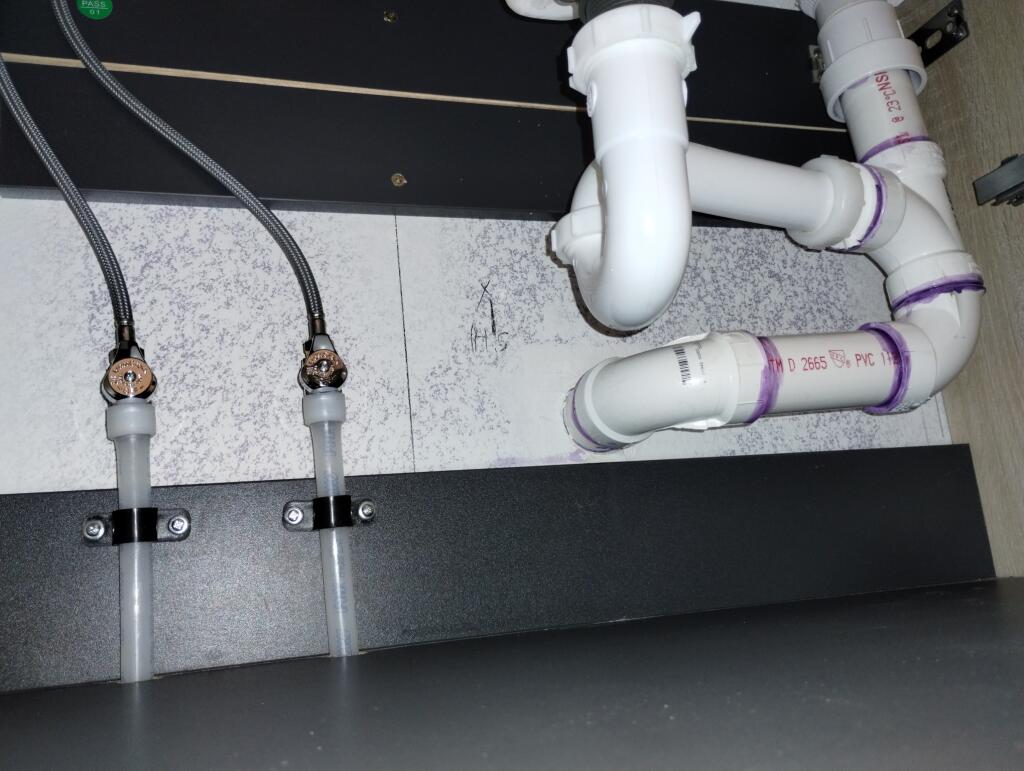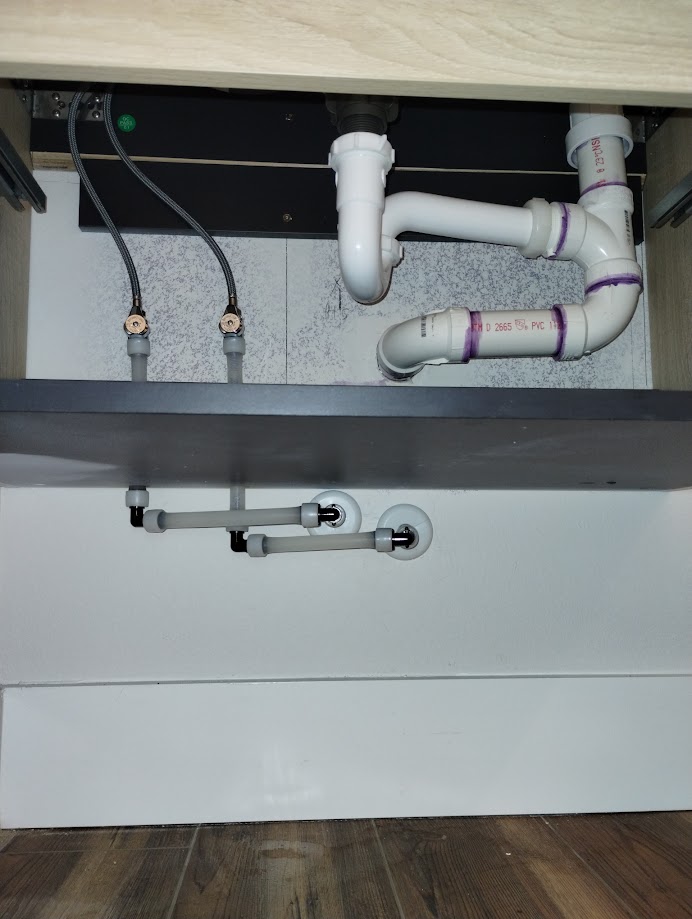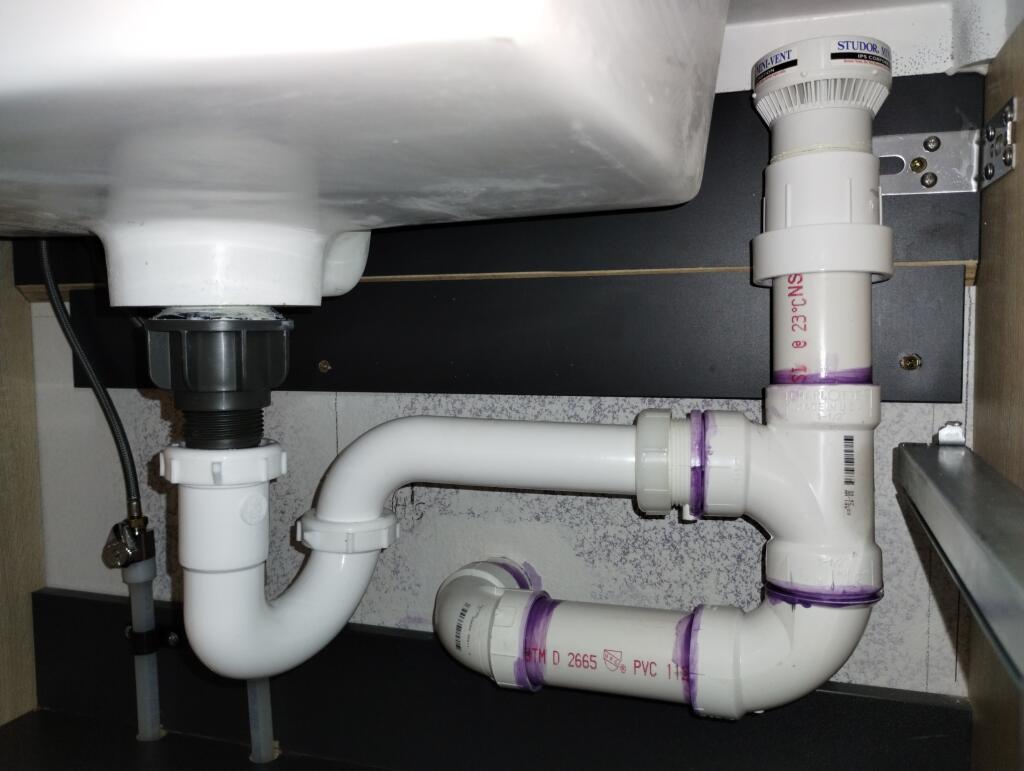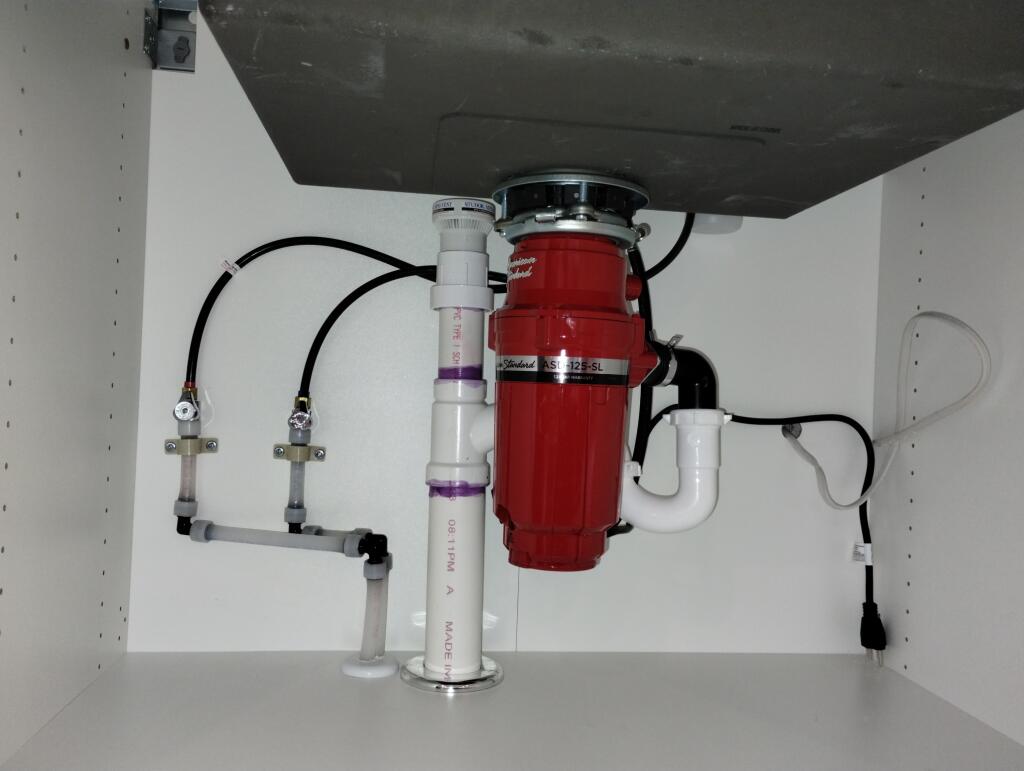



A p–trap is a specialized fitting that creates a powerful barrier that stops sewer gas and odor from entering your home. In 1775, the first p-trap was invented, or upright angle. It was first known as an S-Bend by Alexander Cummings. 105 years later, Thomas Crapper (no pun intended) tweaked it a bit so the S-shaped pipe which is not allowed anymore by the plumbing code made it into a U-shaped pipe and this is still used today, but we call it the P-trap. If you happen to drop your ring in the sink this would be the first place to look. The trap is just that. It would stay at the bottom of the P-trap.
